
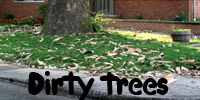
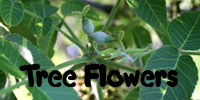
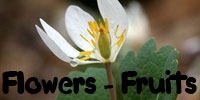
|
Welcome
to bobklips.com, the website of Bob Klips, a plant enthusiast living in
Columbus, Ohio.
.....................................................................................................................
Tube
ferns
(Scouring-rush, Equisetum hyemale)
July 28 and August 2, 2009 -Waldo, Marion County, Ohio
The plant kingdom is divided into a number of divisions, a
category that is equivalent to phylum in the animal
kingdom. Taxonomy is a dynamic science, especially as molecular data
are being used to reveal relationships that might not be apparent based
on morphology alone. Primitive (seedless) vascular plants that occur in
Ohio are a case in point. Several years ago, scouring-rushes and
horsetails, both of which are in the genus Equisetum,
were placed in their own division, the Equisetophyta (also
called
"Sphenophyta"), separate from the ferns (Division Pteridophyta). Both
divisions were likewise separate from the clubmoss/spikemoss/quillwort
group, Division Lycopodophyta.
A more modern view, however, places the ferns and horsetails together
(along with the whisk ferns, a group that doesn't occur in
Ohio), separate from the Lycophytes. Here's a diagram from a
modern college textbook, the lawyers for which will interpret my
including it here as promotion of the text, not copyright infringement,
right?
Please? Pretty please?
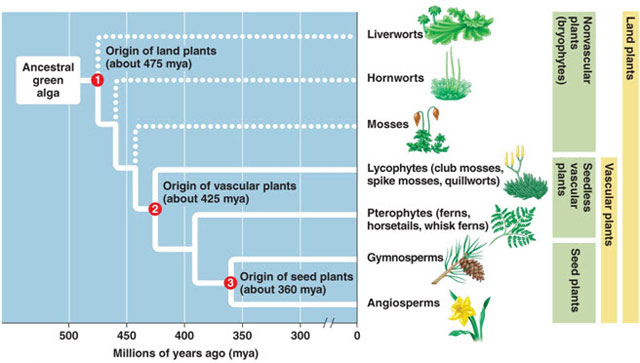
Plant kingdom phylogeny from very excellent biology textbook.
(Biology: Concepts and Connections, 6th ed.
Campbell
/ Reece / Taylor / Simon / Dickey)
Here's a picture of the spore-bearing terminal portion of
a scouring-rush. It was taken in a low-lying woodland in
Waldo,
Ohio. What is the location of Waldo? It's near
Marion. Where's Marion?
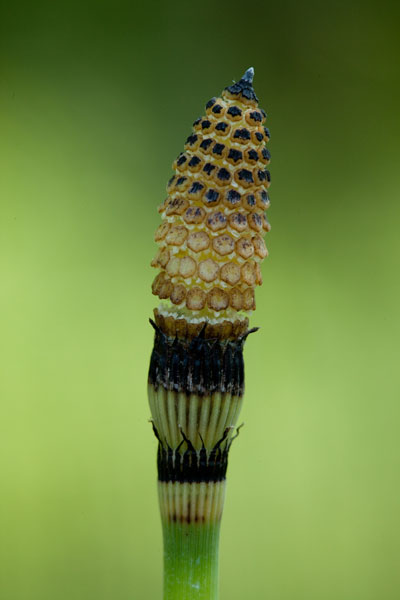
Tube-fern (scouring-rush) strobilus.
Waldo, Marion County, Ohio. July 28, 2009.
The spore-bearing portion of the plant is a terminal cone called a "strobilus."
The spores themselves are produced in sac-like containers called "sporangia."
To understand the overall arrangement, imagine a six-sided umbrella,
from near the edge of which are attached dangling grocery bages filled
with
popcorn. The popcorn is the spores, the bags are sporangia, and the
umbrella is a peltate (centrally attached) sporangiophore.
Now
imagine rougly one hundred of these umbrellas
attached to a thick post, arranged in a tight spiral. That, in a
nutshell, is the cone-like strobilus. Wait...what part is the nutshell?
No..."nutshell" is just a figure of speech; there is no nutshell.
A close-up taken at night shows this better. This is a portion of the
strobilus. The dark hexagons are the tops of the sporangiophores, from
near the edges of which white bag-like sporangia are attached.
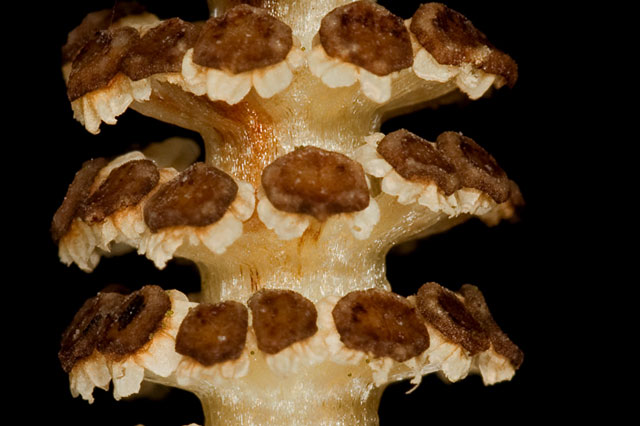
Portion of Equisetum strobilus. Waldo, Marion
County, Ohio. August 2, 2009.
Some intriguing
creatures, suggestive of the giant arthopods that inhabited
Carboniferous swamp forests, were present at the Equisetum
stand tonight.
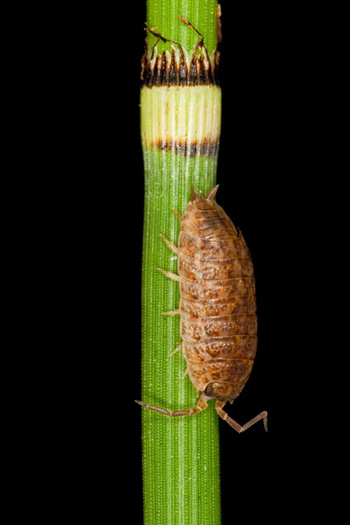 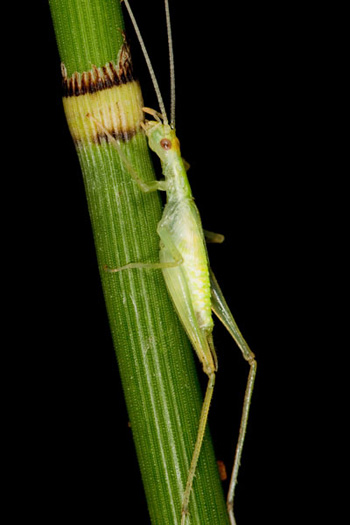
Creatures on Equisetum hyemale at night. August 2,
2009. Waldo, Marion County, Ohio.
Left: sowbug. Right: tree-cricket.
The sowbug is noteworthy because it is a terrestrial, not aquatic,
crustacean. Sowbugs (with tail-like structures at rear end, cannot roll
up into ball) and pillbugs (lacking tail-like structures at rear end,
can roll up into ball) are our only terrestrial crustaceans. A crayfish
(crawdad) is a typical aquatic crustacean.
Wild
"petunia" and the scroph-like family Acanthaceae.
Stage's Pond State Nature Preserve
Pickaway County, Ohio. July 24, 2009.
A striking wildflower
that shows up now, when there are few others so conspicuous,
wild petunia, Ruellia strepens, occurs in moist
woods from New Jersey to Indiana, south to S. Carolina, Alabama, and
Texas. Here it occurs alongside a boardwalk in a low-lying wooded
portion of Stage's Pond State Nature Preserve in Pickaway County, Ohio.
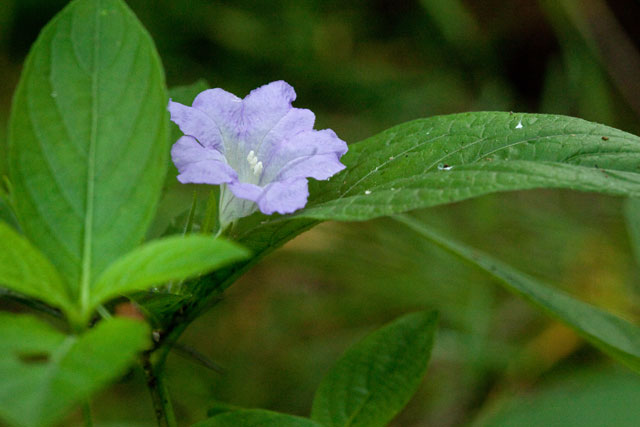
Wild petunia at Stage's Pond State Nature Preserve. Pickaway County,
Ohio. July 23, 2009.
The common name
"petunia" is just so-so with respect to information content. The true
petunia (genus Petunia) is in a different, but
closely related family, the Solanaceae (nightshade fam.), and while
there is a southeastern native Petunia, it doesn't
occur this far north.
Ruellia is in the Acanthaceae (Acanthus
family), a family with only 4
northeastern U.S. genera, only two of which occur in Ohio. The family
is much more numerous in tropical regions. It is very similar, and
closely related to, a family that is prominent here, the
Scrophulariaceae (figwort family). Are you curious about the
differences between the mainly tropical Acanthaceae and our temperate
Scrophs? Me too! A very useful reference for sorting these things out
is "Vascular Plant Families" 1977. Payne, J.P., Mad River Press).

Table comparing several similar plant families.
This table makes things
very clear. Members of the Acanthaceae typically have 2 stamens, two of
which are different somehow from the other two (hence the "2+2"
designation), but they may in rare instances have two
stamens, or five stamens. By contrast, the scrophs typically
have 2 stamens, two of which are different somehow from
the other two (the "2+2" designation), but they may rarely
have two stamens, or five stamens. A further distinction is offered by
the number of chambers (locules) of the ovary. Members of the
Acanthaceae have 2 locules. whereas scrophs have 2 locules. A final
difference is in the placentation type, i.e., to what portion of the
interior of the ovary the seeds are attached. Acanths (is that a word?)
have their seeds attached along the inner portion where the locules are
fused; this is called "axillary" placentation, and it clearly separates
them from Scrophulariaceae, the members of which have axillary
placentation (i.e., attached along the inner portion where the locules
are fused). I'm glad we got that figured out!
We didn't? Oh right...they're the same insofar as stamens, locules and
placentation are concerned (and a host of other characters). Is "showy
bracts" really important? It doesn't seem like the type of fundamental
thing that would be used for distinguishing a plant family, but at
least it is evident in the picture below, taken in late June at a
restored prairie approx. 80 mile north of Stage's Pond.
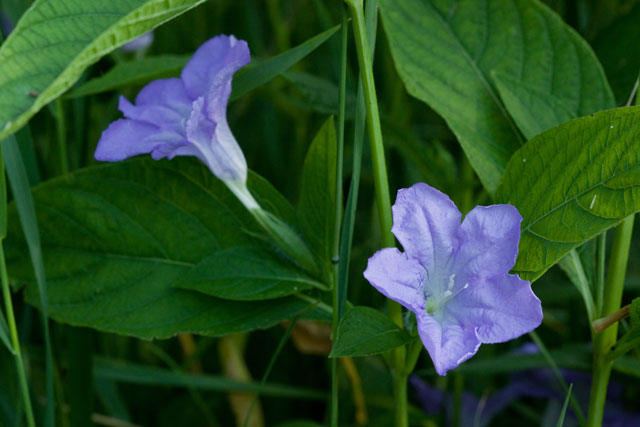
Wild petunia. Note leaf-like showy (?) bracts. Marion County, Ohio.
June 23, 2009.
Evidentally there are further, even more techinical features that do
separate the scrops from the acanths. Here is a portion of the plant
families key in the best book ever written --The
New Britton and Brown Illustrated Flora of the Northeastern
United States and Adjacent Canada, H.A. Gleason (1952). Evidentally the
capsules of Ruellia are elastically dehiscent and
their
seeds are borne on hooked projections. This requires further study.

Details separating Scrophulariaceae and Acanthaceae in "The New Britton
and Brown" (1952).
[Note: "Vascular Plant
Families" really is a
terrific book.
These things are hard to simplify, and pointing out this scrop/acanth
confusion is just light-hearted kidding. J P. Smith, Jr. does a great
job explaining plant taxonomy, and the illustrations by Kathryn Simpson
are excellent! Buy this book!]
Meanwhile, a so-called "pollen bee," i.e., a non-colonial one that
provisions her nest with pollen that she gathers from flowers but which
does not store copious amounts of nectar (honey), assiduously removes
pollen grains from a wild petunia flower at Stage's Pond.
Pollen bee foraging
on wild petunia (Ruellia strepens).
Stage's Pond State Nature Preserve, Pickaway County, Ohio. July 24,
2009.
Incidentally, our other
Ohio genus in the Acanthaceae is Justicia, water-willow.
It is an emergent aquatic plant, occurring in mud and shallow water.
Our species, J. americana
is extremely abundant along the Scioto and Olentangy Rivers in
Columbus. Here is water-willow along the Scioto, just s. of the
Fissinger Rd. Bridge (photo taken 2007).
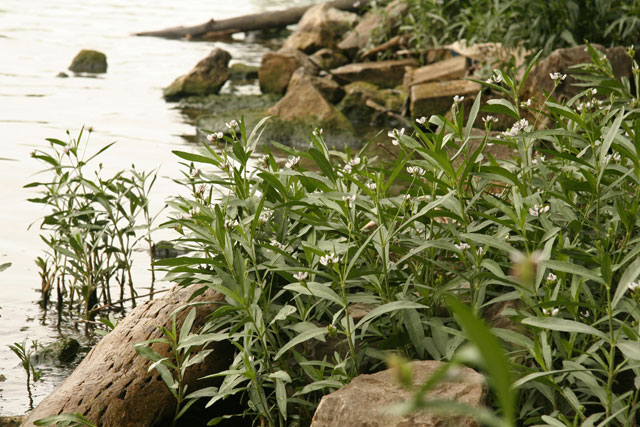
Water-willow along the Scioto River, Columbus, Ohio. June 23, 2007.
...here is an
individual water-willow plant. Note the opposite leaves and head-like
flower spikes.
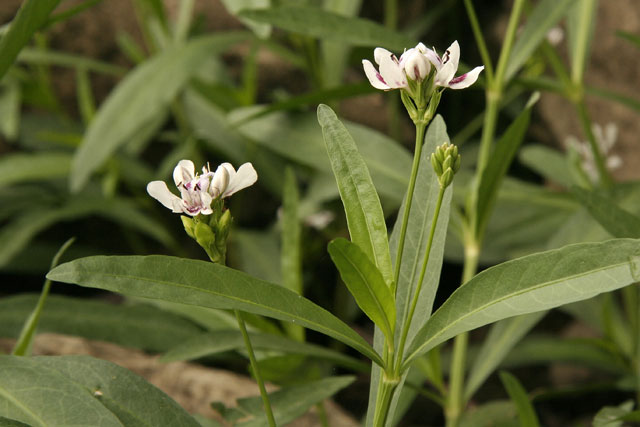
Water-willow. June 23, 2007. Columbus, Ohio.
...and a closeup of the
flower cluster. Note strongly bilaterally symmetric flowers
each with only 2 stamens.
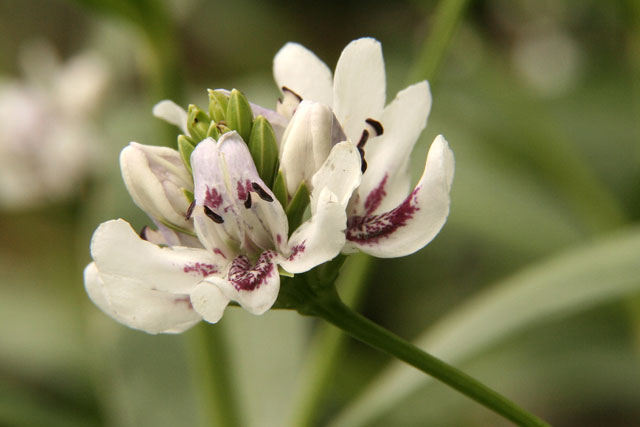
Water-willow flowers. June 23, 2007. Columbus, Ohio.
...and apparently the
honeybees like them.
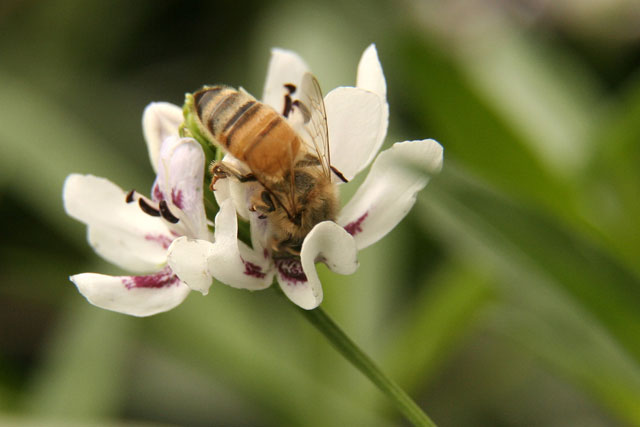
Honeybee visiting water-willow. June 23, 2007. Columbus, Ohio.
Two too
terrible teasels.
(Dipsacus laciniatus and D. fullonum)
July 21-23, 2009. Delaware, Ohio.
There is a weed spreading south along Rte. 23 so
fast I'm surprised the police haven't pulled it over for
speeding. Perhaps they're busy issuing a ticket to the emerald ash
borer. The weed is cut-leaved teasel, Dipsacus laciniatus
(family Dipsacaceae). This species has changed its status
markedly since mid- (last)-century when, in the best book ever written
--The New Britton and Brown Illustrated Flora of the Northeastern
United States and Adjacent Canada, H.A. Gleason (1952) described it as
"rarely adventive, native of Europe.
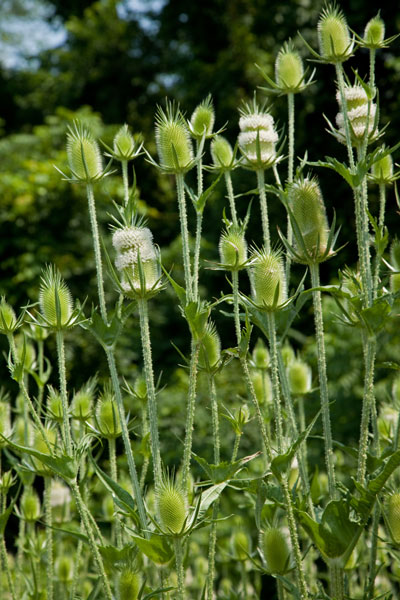
Cut-leaved teasel along Rte. 23 in Delaware Ohio. July 21, 2009.
There's another, much
more well known teasel that is also an aggressive weed, Fuller's teasel
(D. fullonum).
This week, the annual Anti-apartheid Leaders Invasive Plants
Conference was held in Columbus. I was asked to lead a couple
of tours, and to be sure to point out both Dipsacus
species. In the morning I showed the plants to a group of visitors that
included Nelson Mandela but not Desmond the former Archbishop. Desmond
came on the afternoon tour, however. When I was asked by the conference
organizer whether Desmond had a chance to see them as did
Nelson, I replied "I took Tutu too to two too terrible teasels."
That story isn't true. But there are truly two too terrible teasels.
The "new" one, cut-leaved teasel, is extremely abundant
across much of the grassland at Killdeer Plains Wildlife Area in
Wyandot and Marion Counties. The managers there are valiantly
battling it with mowers and herbicides.
Dipsacus fullonum, the "old" teasel, is a problem in some
prairie restorations as well as being a common roadside weed.
Nomenclatural
note: it was until recently referred to as common teasel, with
the scientfic name Dipsacus sylvestris, at which
time the name "fuller's teasel" (scientific name: D. fullonum)
was reserved for a variety with especially stiff, hooked awns.
This feature makes the
heads useful for fulling,
i.e., fluffing up, the surface of cloth.
Here are both teasels, mingled along Delaware, Ohio roadsides.
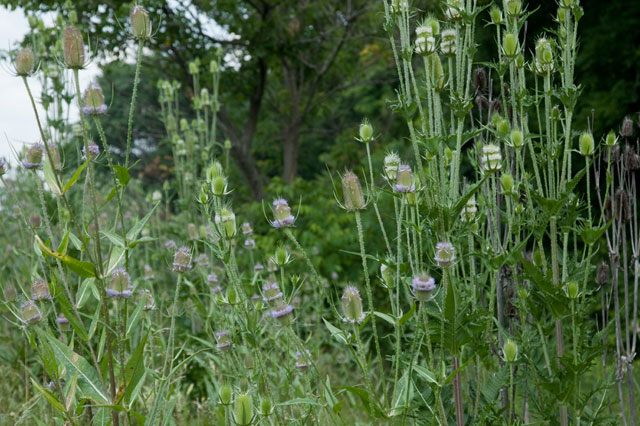
Two too terrible teasels in Delaware, Ohio. July 21, 2009.
Left: fuller's (common) teasel D. fullonum. Right:
cut-leaved teasel D. laciniatus.
Two differences between
the species are on display in the photo above. On the left, D.
fullonum
has flowering branches (peduncles) that diverge widely (like the letter
"Y"), and the flowers are pink. On the right, D. laciniatus
has much more erect peducles (like someone pointed a gun at it and said
"stick 'em up!"), at the ends of which are heads of white
flowers.
Here are some single-species shot of the two species. First, D.
fullonum.
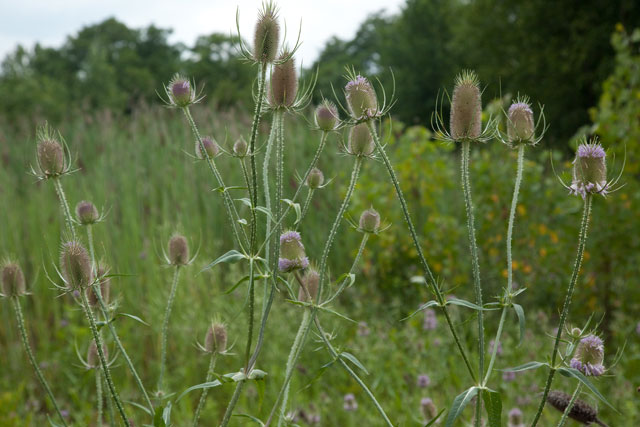
Fuller's (common) teasel. Delaware, Ohio. July 23, 2009.
Now, D.
laciniatus.
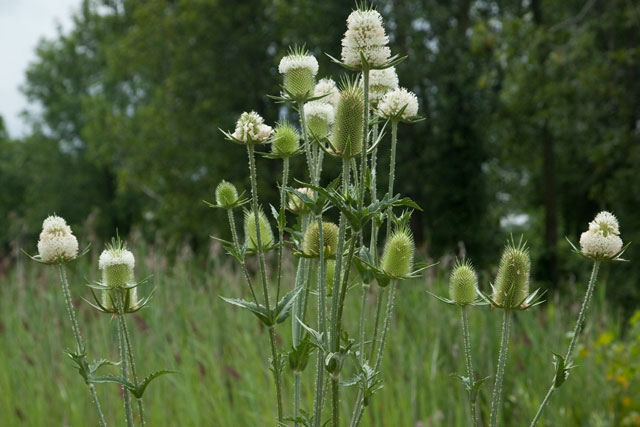
Cut-leaved teasel. Delaware, Ohio. July 23, 2009.
The other striking diff
between the spp. is the leaves. Cut-leaved is cut-leaved. The other
isn't.
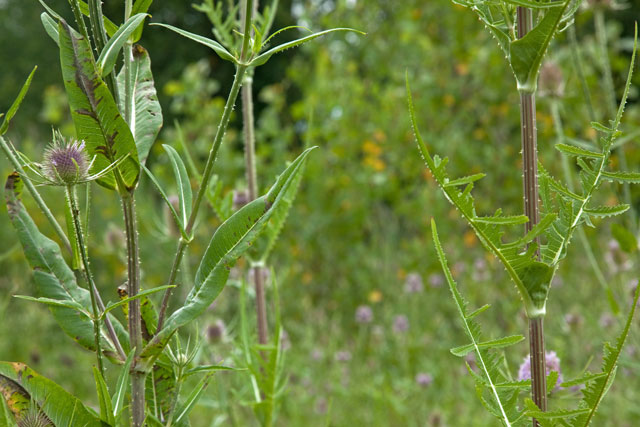
Two too terrible teasels in Delaware,
Ohio. July 21, 2009.
Left: fuller's (common) teasel D. fullonum. Right:
cut-leaved teasel D. laciniatus.
Here's a video that shows a good side
of fuller's teasel: bumblebees like it. The bee seems
oblivious to the traffic
rushing by.
Bumblebee foraging on fuller's
teasel. July 21, 2009.
Hydrastis
Harvestman
("Daddy-long-legs" on goldenseal)
Delaware County, Ohio July 17, 2009
In a rich undisturbed
woodland in northern Delaware County there is a nice colony of
goldenseal (Hydrastis canadensis,
family Ranunculaceae). Its knotty yellow rhizomes are reputed to have
medicinal properties, thus, like black cohosh and ginseng,
over-collection for the herb trade has nearly exterminated the plant in
some areas. Goldenseal is a perennial herb with basal and alternate
leaves and a solitary terminal flower. Like many other members of the
buttercup family, its flowers have an "apocarpous gynoecium," i.e.,
each flower has several-many stigma-style-ovary units (carpels) that
are separate from one another. Thus a single flower (or better yet a
married one) (or at least one in a committed long-term relationship)
can develop into several-many fruits. If they are clustered together,
as they are in goldenseal, the cluster, simulating an individual fruit,
is termed an "aggegrate fruit." Goldenseal produces an aggregate of
small berries that is reminiscent of a raspberry or a blackberry.
(Raspberries and blackberries are not berries or even aggregates of
them; they are aggregates of tiny cherry-like fruits called
"drupelets.") Here's goldenseal.
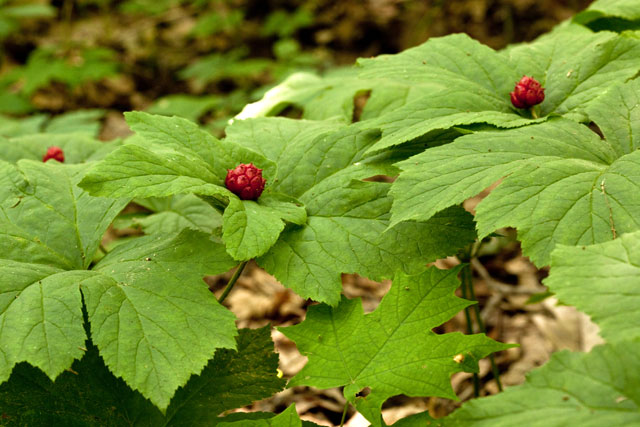
Goldenseal plants in fruit in Delaware County, Ohio. July 17, 2009.
Harvestmen, also
called "daddy long-legs" comprise a type (Order Phalangida)
of arachnid that is not a spider (Order Araneida) even though it it is
long-legged and somewhat resembles a spider. The body is oval and
compact, and there isn't the sharp demarcation between body segments
that is seen in spiders.
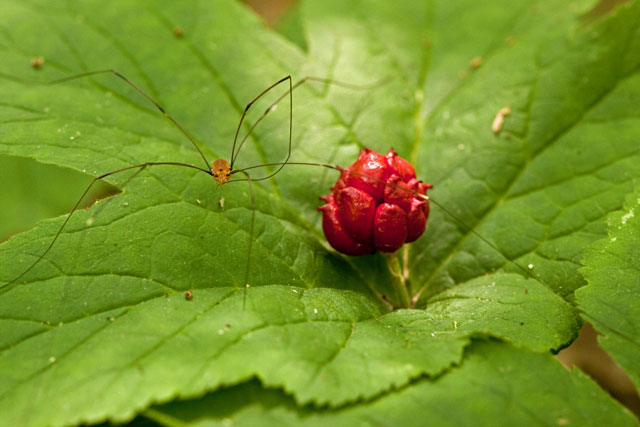
Harvestman on goldenseal leaf. July 17, 2009.
Here's an thrilling
movie about a harvestman on a goldenseal leaf. I obtained a
copy of the screenplay. In the opening scene
Harvestman stands on the leaf. In the second act,
Harvestman stands
there some more. In the third act Harvestman preens
his foot. In the action-packed finale, a couple
other
harvestpeople appear and they all
walk away. The end. Stephen Spielberg,
eat your heart out!
A reason for seeking out the goldenseal fruits is that earlier this
year I saw the same plants in flower and snapped some pics. Here's what
goldenseal looked like then:
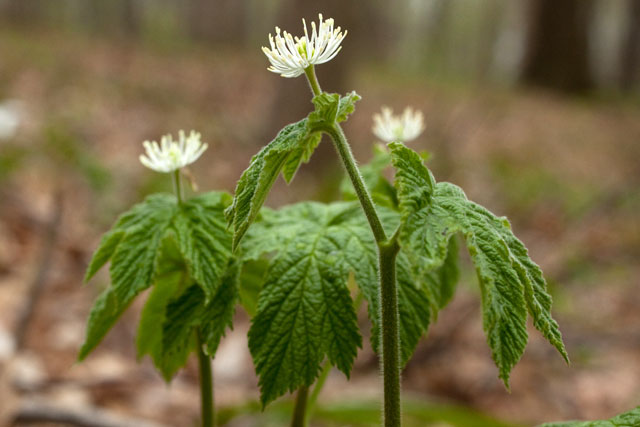
Goldenseal flowering. April 28, 2009. Delaware County, Ohio.
Goldenseal flowers have
3 sepals that fall
as the flower opens (and thus are not visible here). The
flowers lack
petals entirely, and the job of being conspicuous to attract
pollinators is assumed by the stamens!
Here's a late-stage flowering plant, showing the stamens beginning to
fall. Note the apocarpous gynoecium.
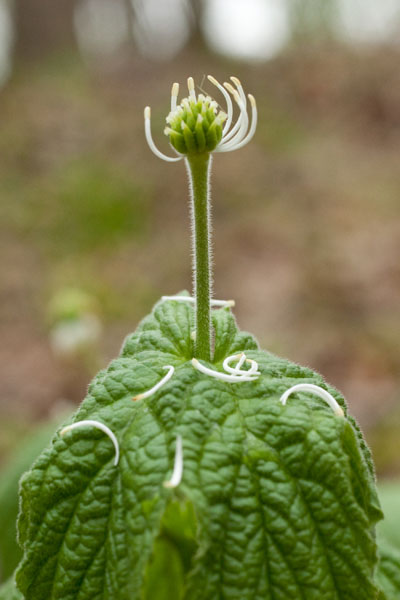
Goldenseal, old flower shedding spent stamens.
April 28, 2009. Delaware County, Ohio.
More recent observations ("next")

 Earlier observations ("back")
Earlier observations ("back")
|

